1. The grains are striped with burgundy.
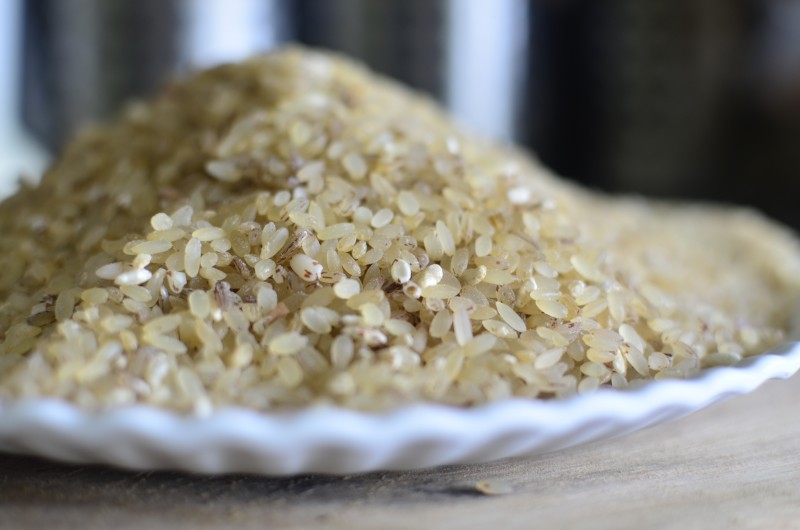
2. It is the blanket name for almost all locally produced rice.
I think it needs ‘Protected Designation of Origin‘ status, so that only rice from Ofada, or processed the way it is, is called by that name. And yes, we might need a whole legal construct around food processing in this country. You’re welcome.
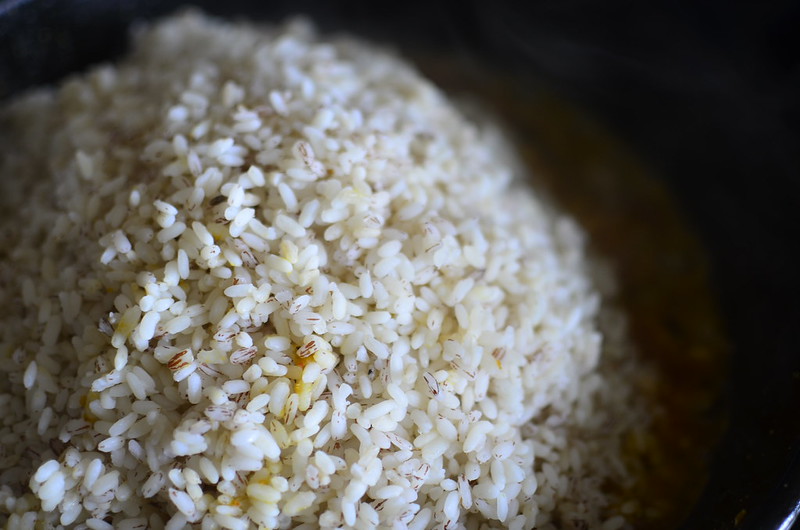
3. Because actually, it is named after a place, Ofada.
A small community in Obafemi Owode Local Government Area in Ogun State
4. It has a peculiar flavour & taste, something ‘umami’ish’ about it.
The best I’ve eaten was at TerraKulture in Lagos.
5. But, but, but, if you’re cooking it at home, know that it stinks to high heavens.
The smell lingers for hours Yep, it stinks because it is fermented, yep, like Une, Iru, Ogiri. Left to soak in water for 5 – 7 days, after harvesting, it is parboiled and sun-dried before it is market-ready.
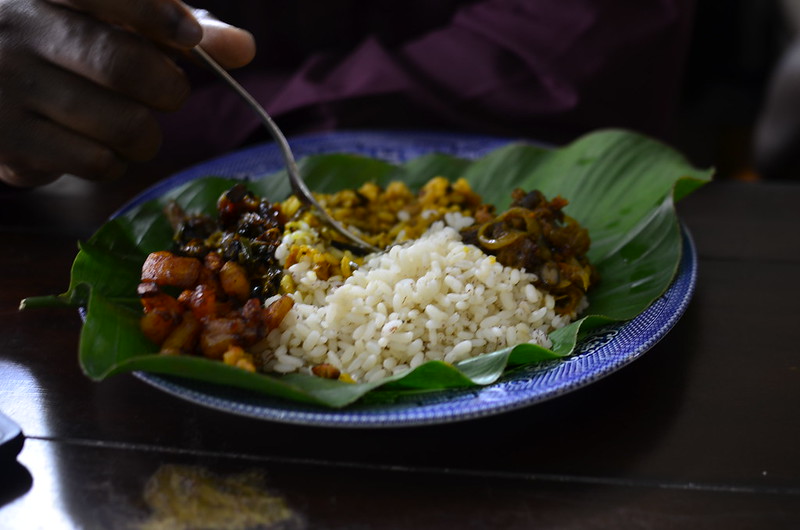
6. And it is highly nutritive because it is processed ‘brown’, unpolished and parboiled.
High in fibre, ‘driving nutrients from the bran to endosperm’ making them nutitionally richer, et al. Did I already mention fermented, which adds good-for-the-gut nutrients into the mix?
7. Some varieties can be stony.
Some argue that stones aren’t a function of the harvesting, but during processing – wear and tear from the aged stone mills often used.
So there, here’s some of what I know about Ofada rice. Anything to add? Please share in the comments below. Thank you.[wpurp-searchable-recipe]7 Things You Need To Know About Ofada Rice – – – [/wpurp-searchable-recipe]

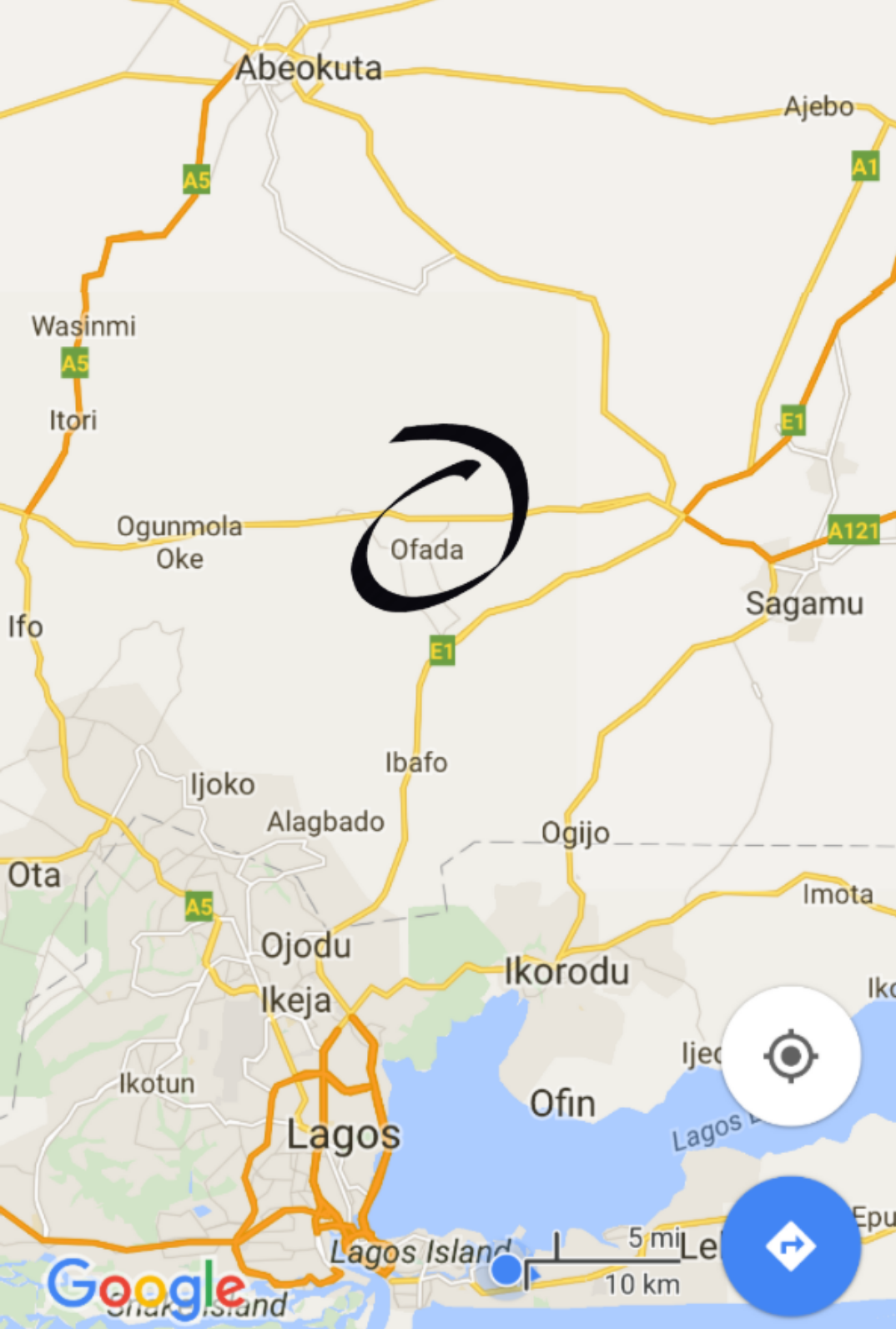
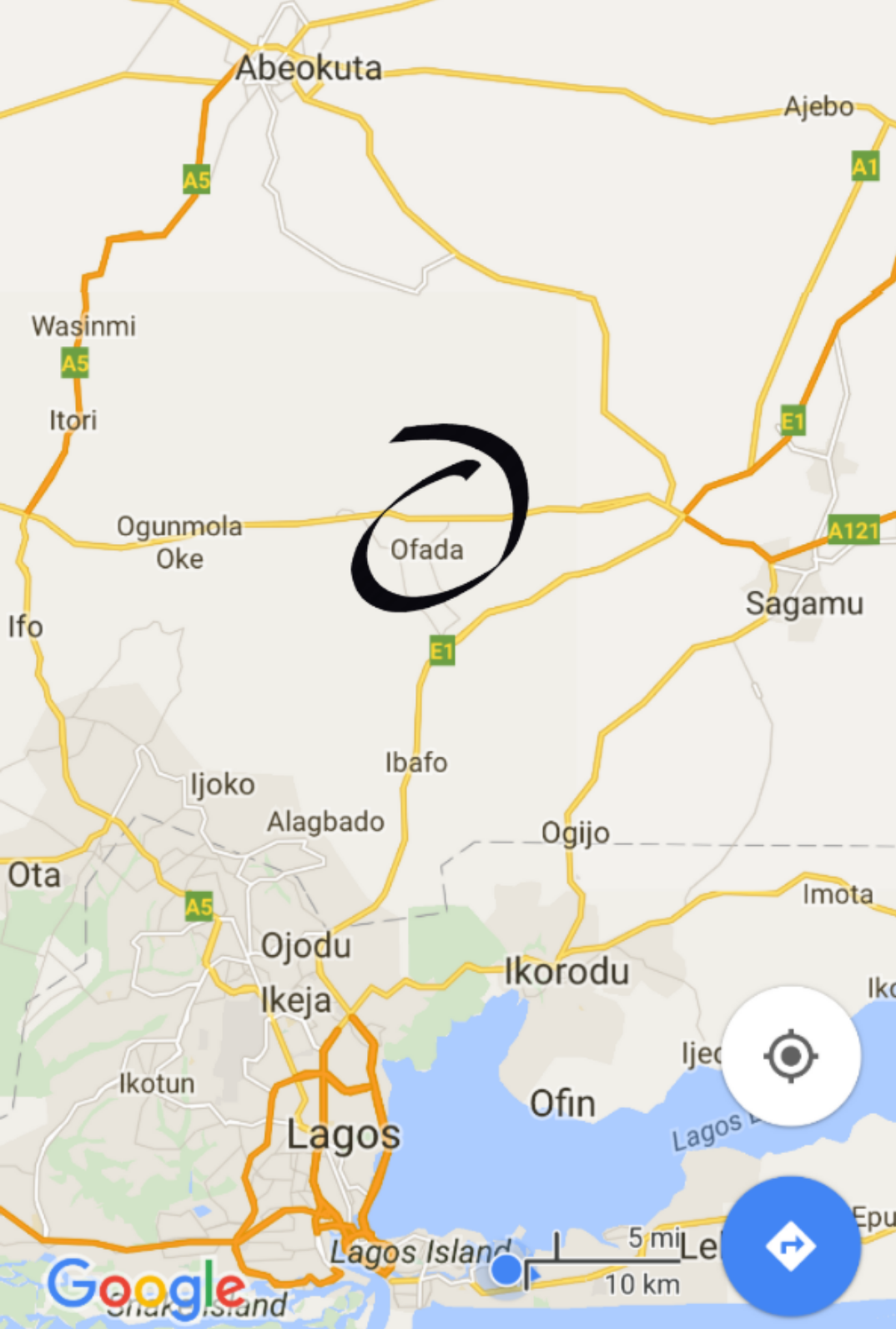
Leave a Reply